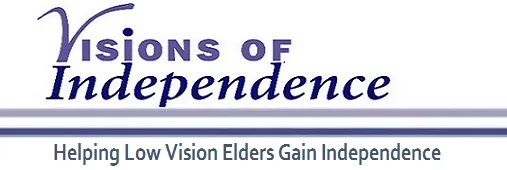Needlepoint Adaptations
Leisure activities are important in providing meaningful recreation for low vision clients. Needlepoint can still be enjoyed by using adaptive lighting, magnification, and contrast.
Adequate lighting is crucial for any leisure task. Task lighting could take the form of a floor or smaller table lamp on a bendable frame for better positioning. These also come with attached magnifiers.
A magnifier may also be necessary. Magnifying sources must be hands free to allow for needlepoint stitching. If the patient is using a needlepoint frame, then a clip on task light is another option. Stand magnifiers an around the neck magnifier, or a clip on spectacle magnifier also are options.
Finally there are adaptive techniques and equipment specifically for needlework which use the principles of magnification and contrast. Patients can benefit from a tapestry needle threader and scissors with magnification attached. The patient can choose a needlework canvas with larger holes (quick point), brighter colors, and a simple, bold pattern. Patterns may also be outlined in a dark, disappearing ink used to mark quilting designs. To provide additional contrast, a piece of dark paper can be placed behind the canvas and a guide strip in a contrasting color can be placed above the row being worked on to highlight the holes. These adaptations allow a patient to resume a valued leisure activity.
Thank you to Susan Gelfman, one our occupational therapists, for this article.
